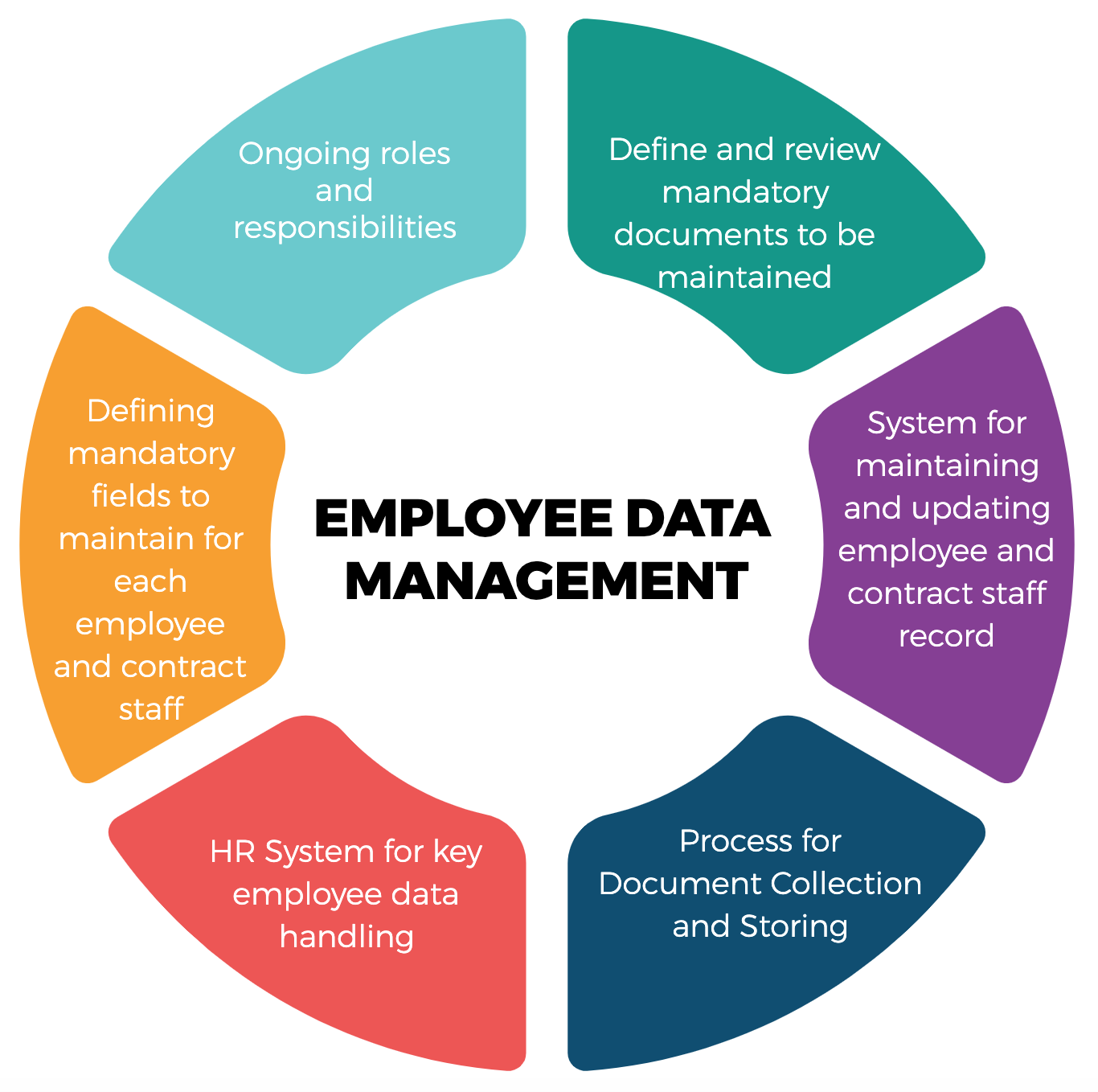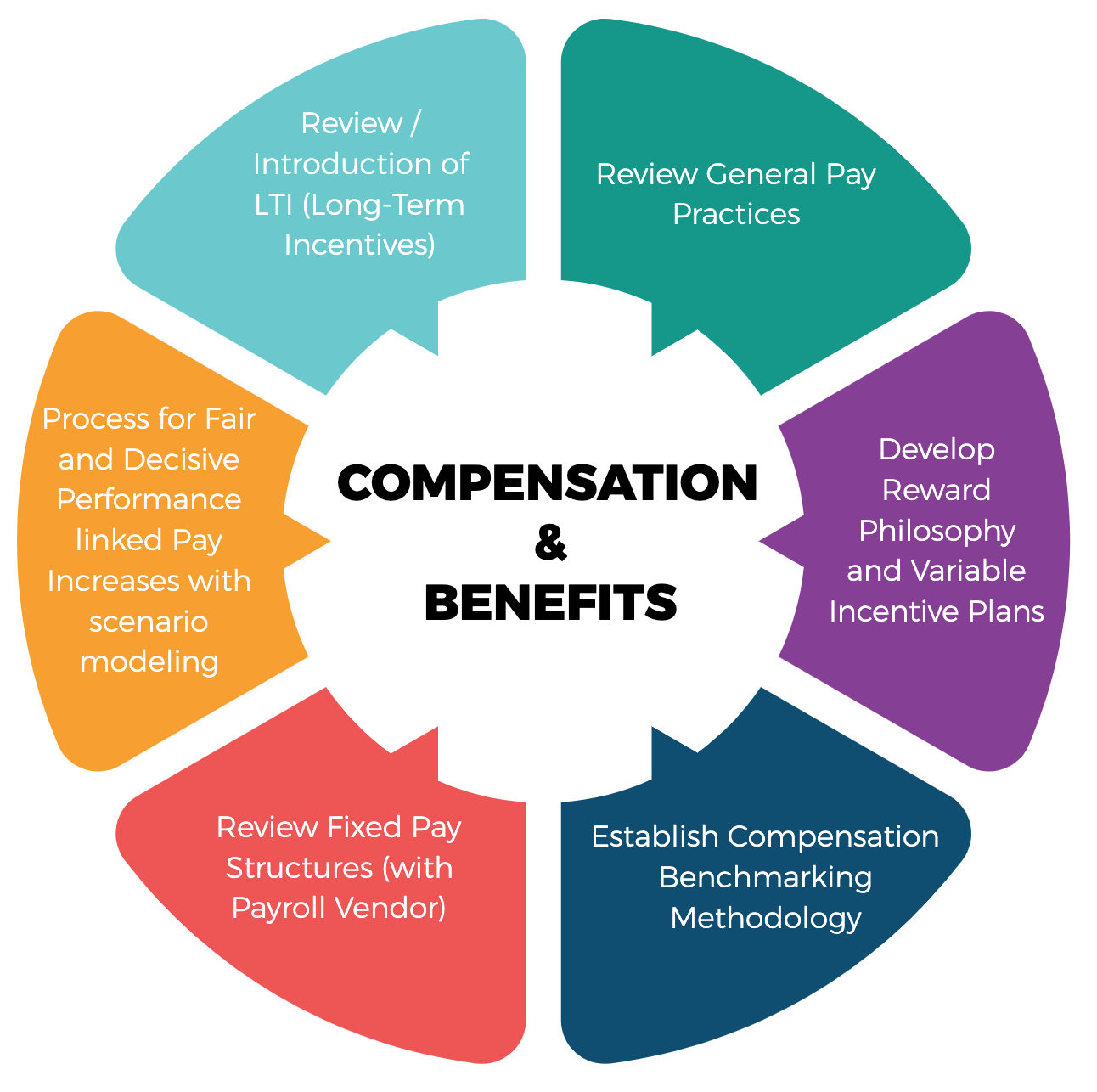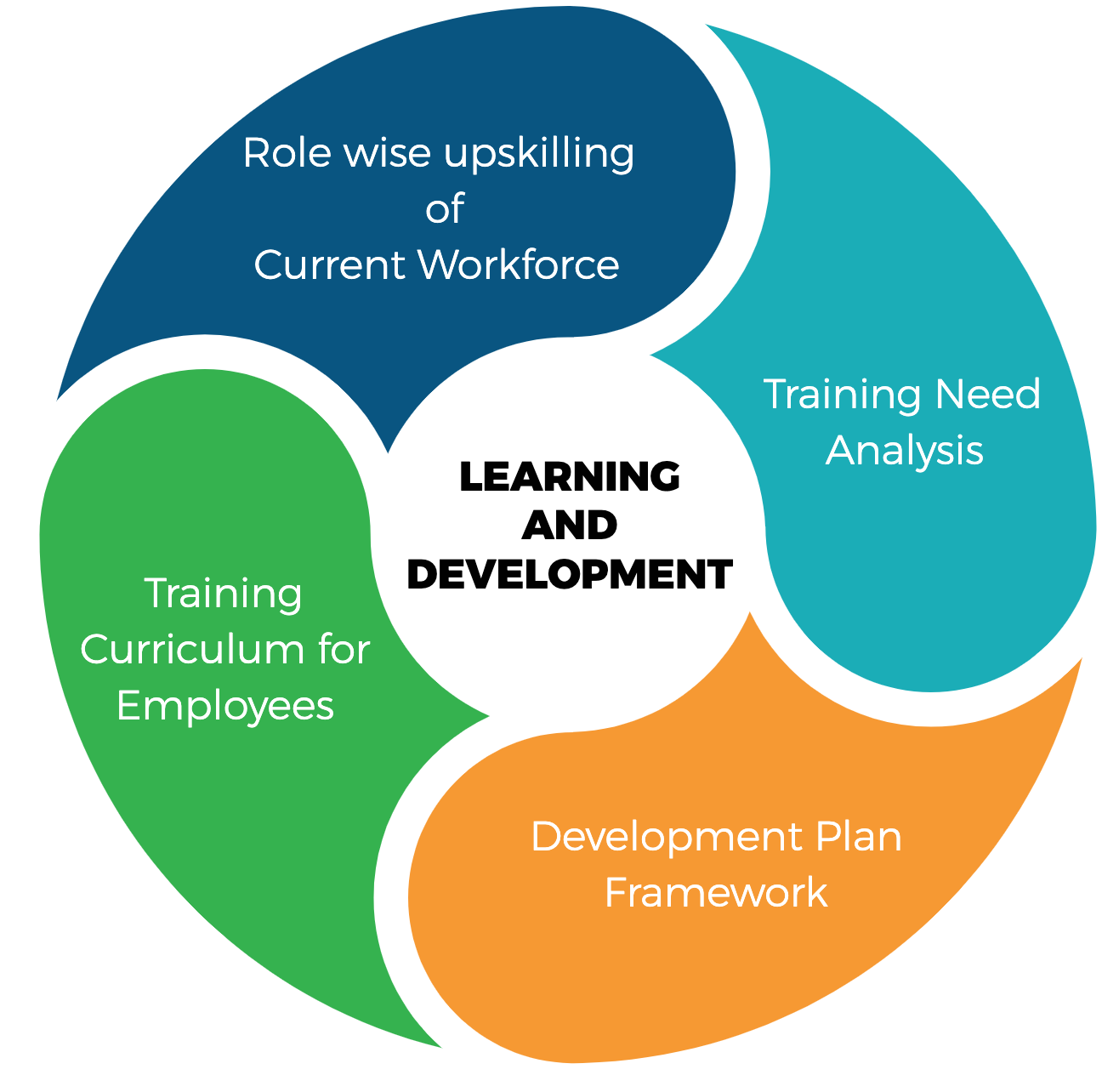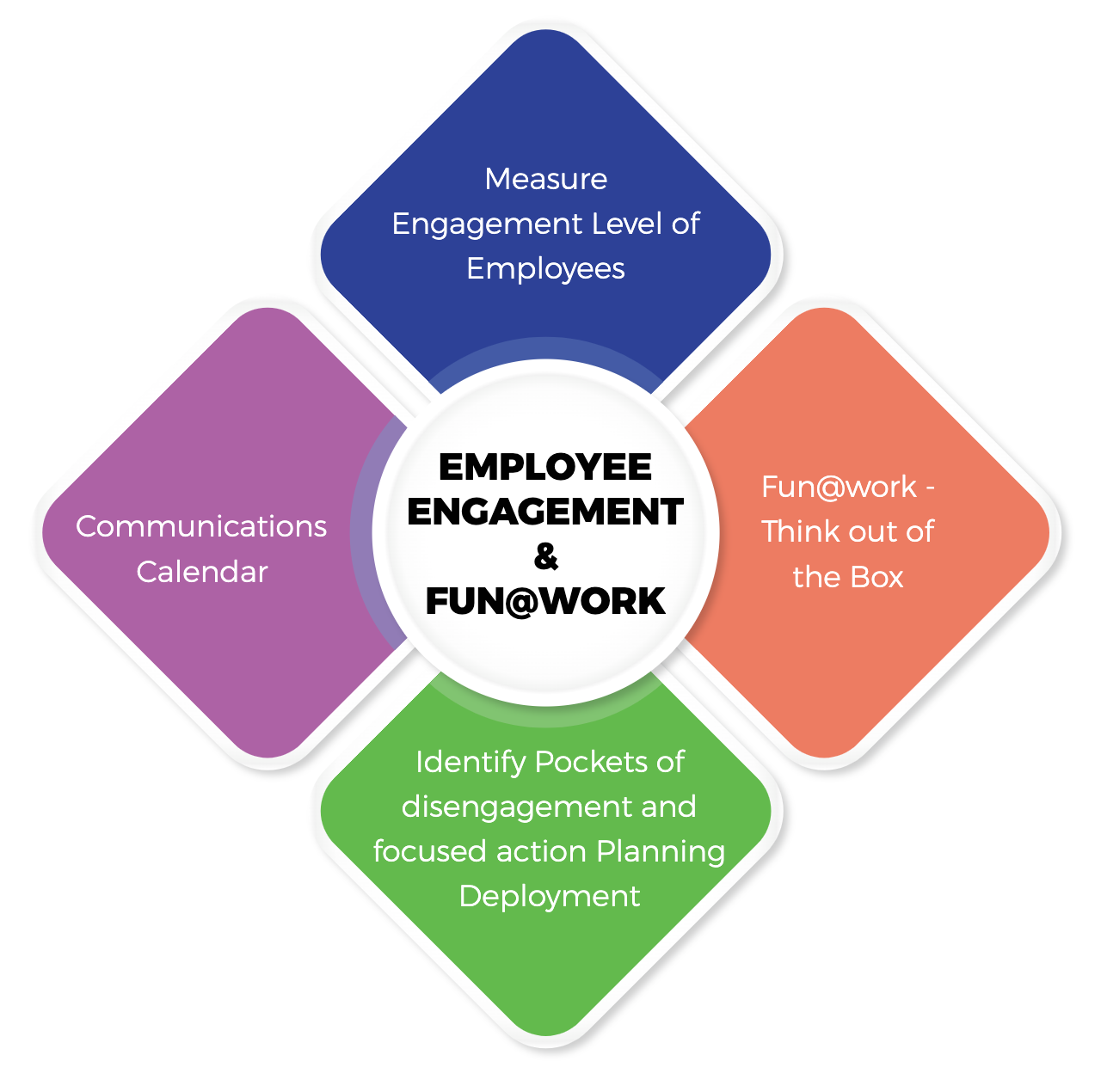

The Employee Life Cycle, also known as the Human Resources Life Cycle, outlines the stages an employee goes through during their employment with a company and the HR department's involvement at each stage.
Effective management of employee data is crucial for any organization. Employee Data Management involves the storage, organization, and tracking of all employee information, including their job titles, salaries, length of service, and other essential personnel fields. With a robust Employee Data Management system, HR teams can easily access and utilize this information to make informed decisions and drive business success.
Employee Data Management encompasses the following areas:

Effective management of personnel expenses, setting performance standards, and implementing transparent compensation policies and competitive employee benefits are key components of compensation and benefits management. This function is critical in ensuring a motivated workforce and is an essential aspect of HRM.

HRM Processes for Compensation and Benefits include:
Learning and development are essential components of a company's talent management strategy that aims to enhance individual and group performance by improving skills and knowledge. The ultimate goal is to align the employees' goals and performance with the organization's overall vision and objectives.
HRM Process for Learning and Development:


Employee engagement is an integral part of an organization's success, and it refers to the emotional connection that an employee has with their work, colleagues, and the overall organization. A highly engaged workforce is essential for achieving business goals and staying competitive in the market. It helps in attracting and retaining top talent, enhancing customer satisfaction, and driving better performance and growth. As a result, employee engagement has become a critical component of modern-day HR strategies.
Employee Engagement Process -